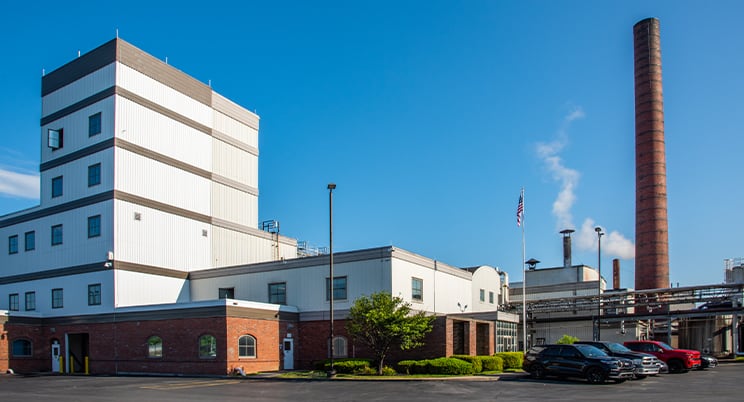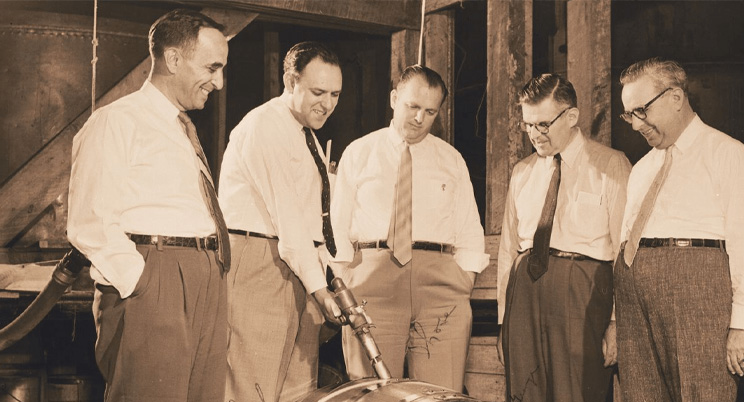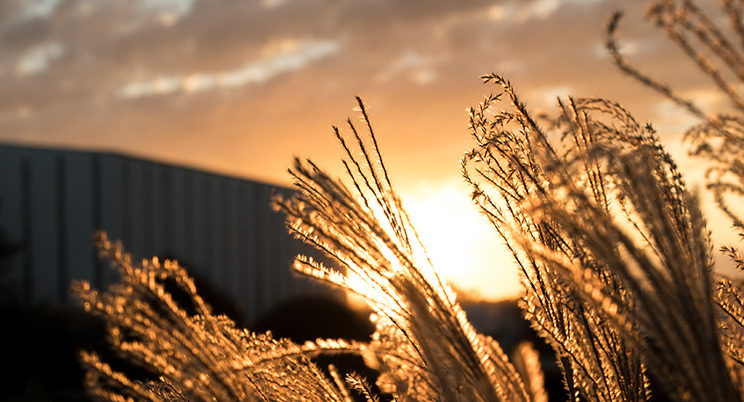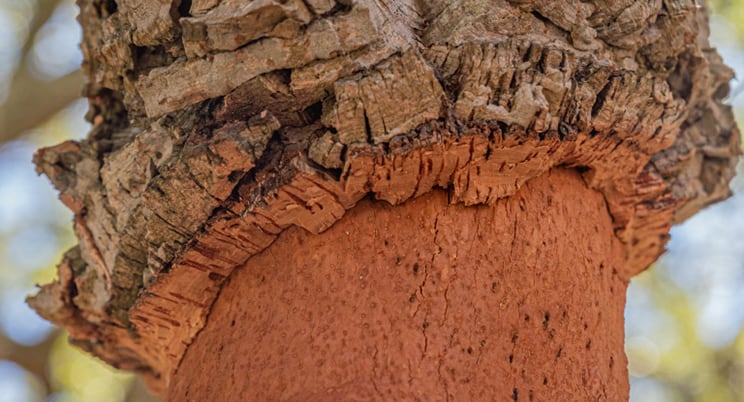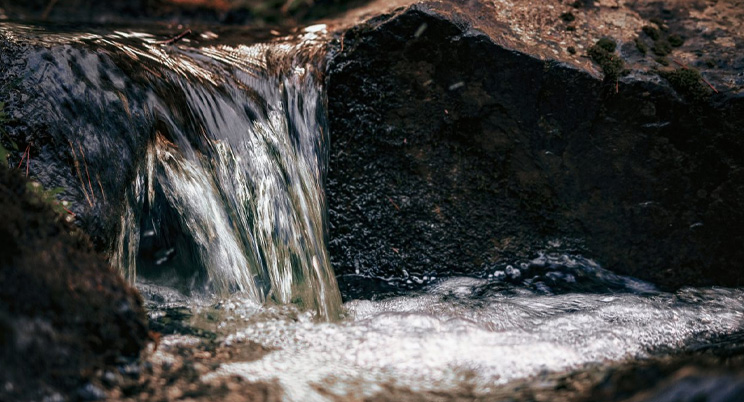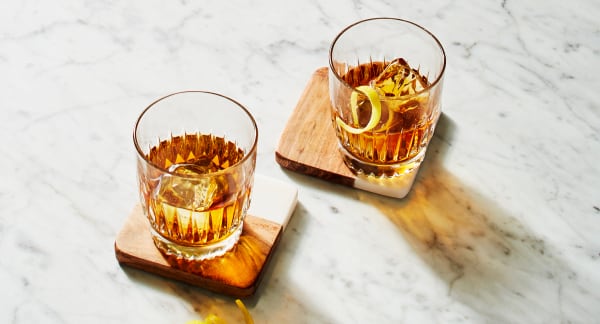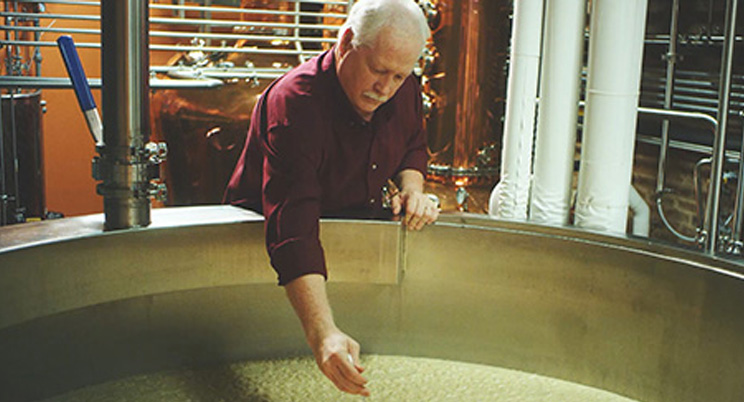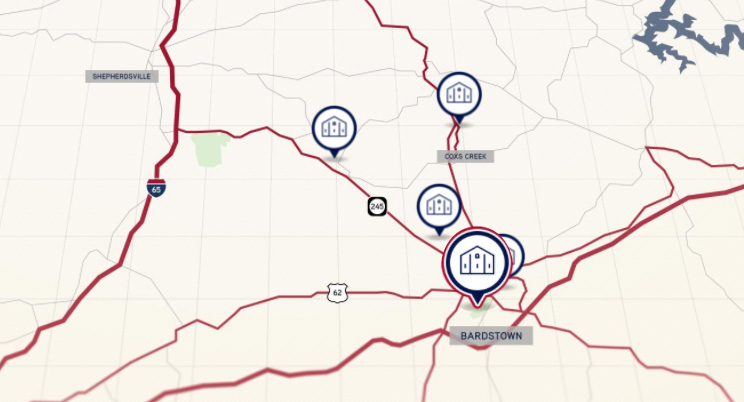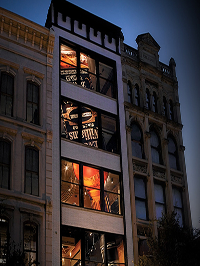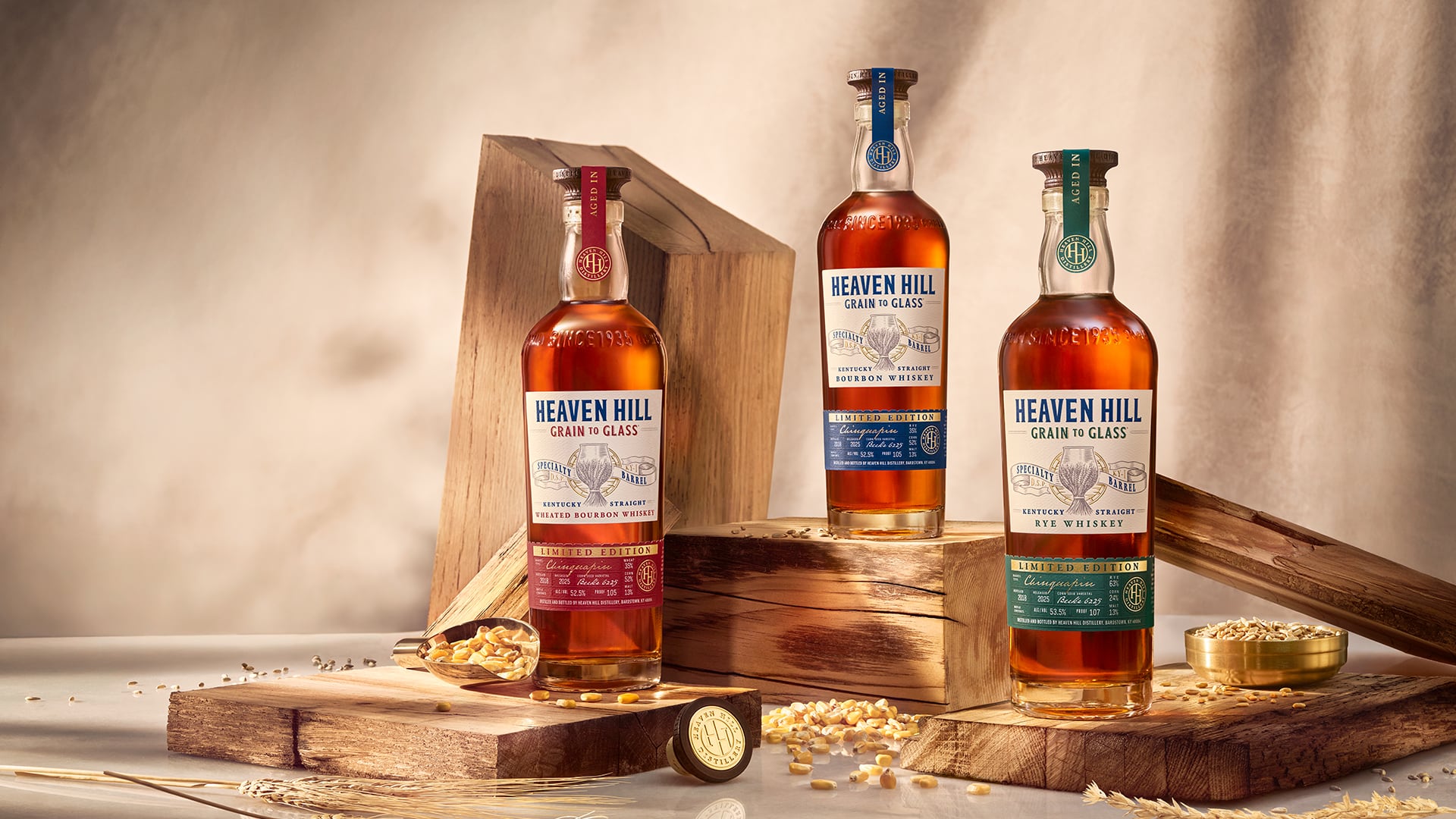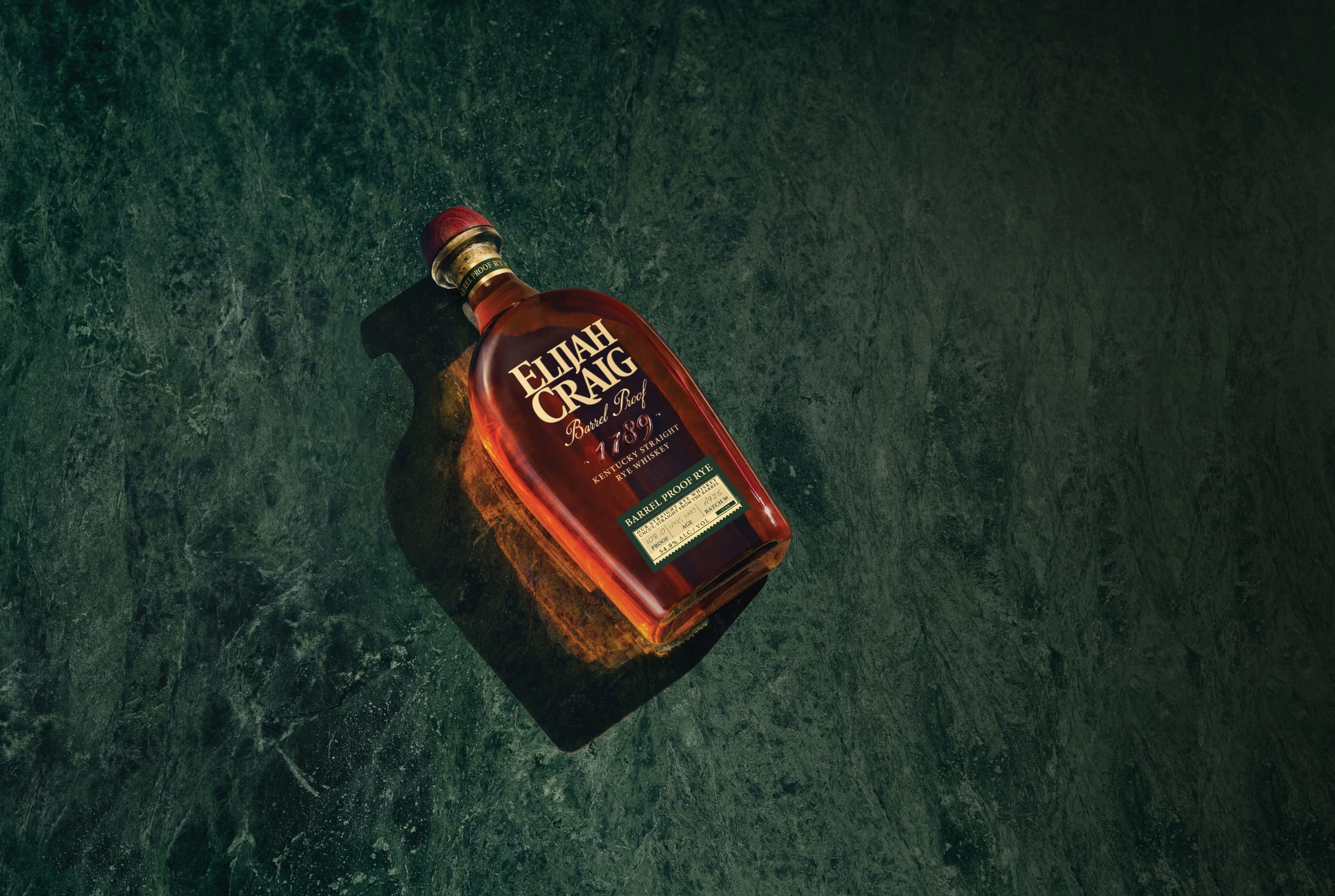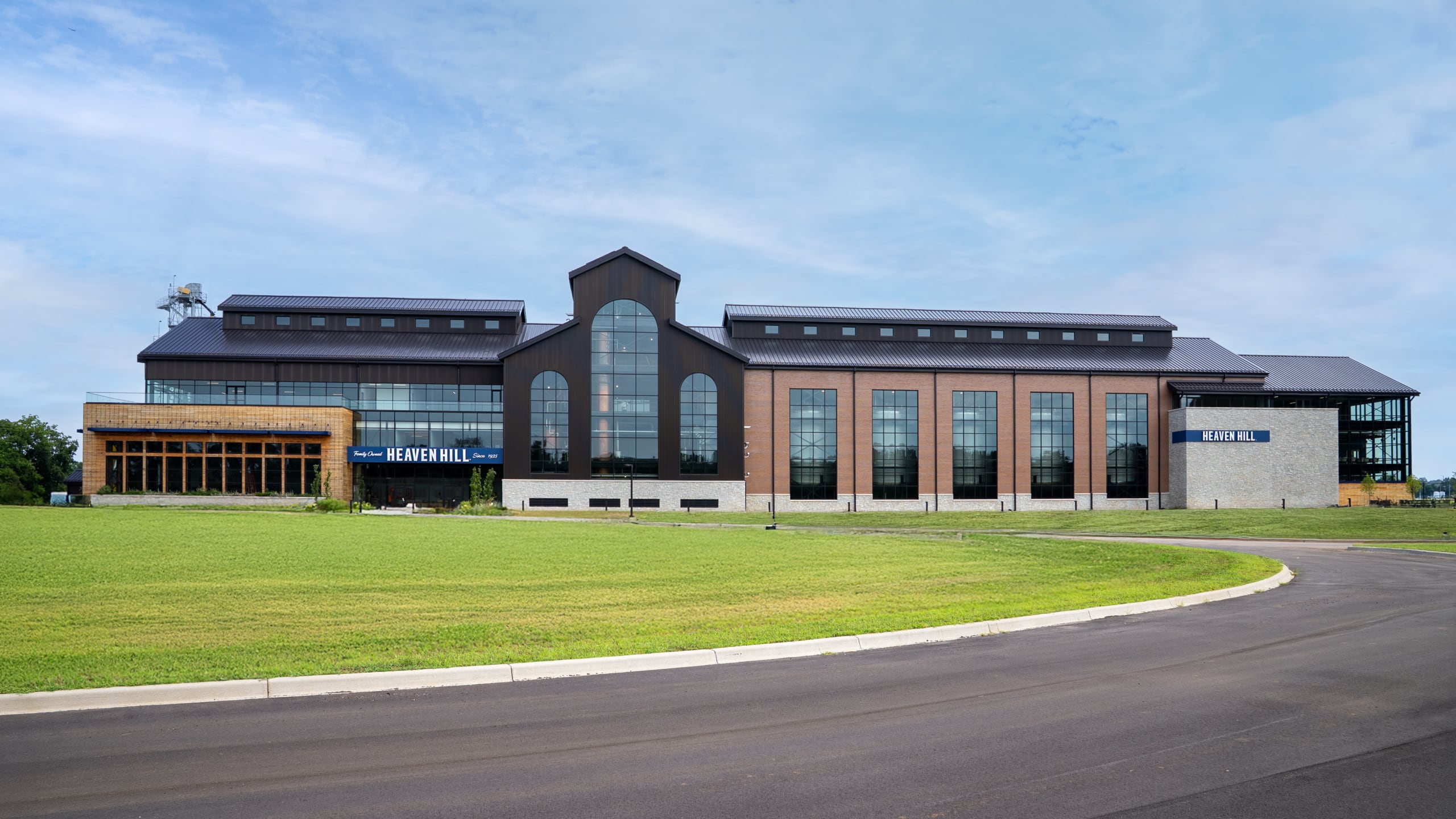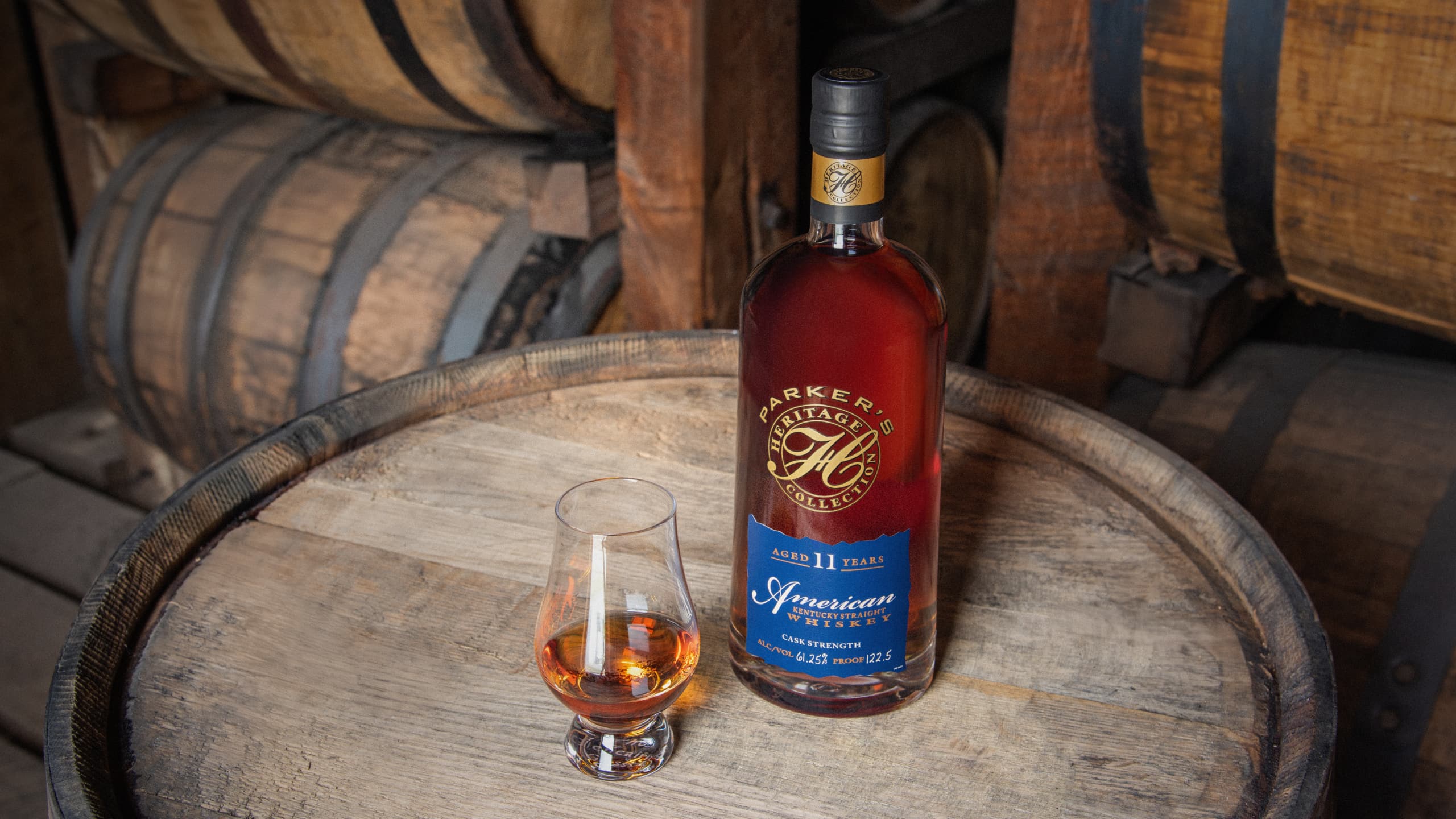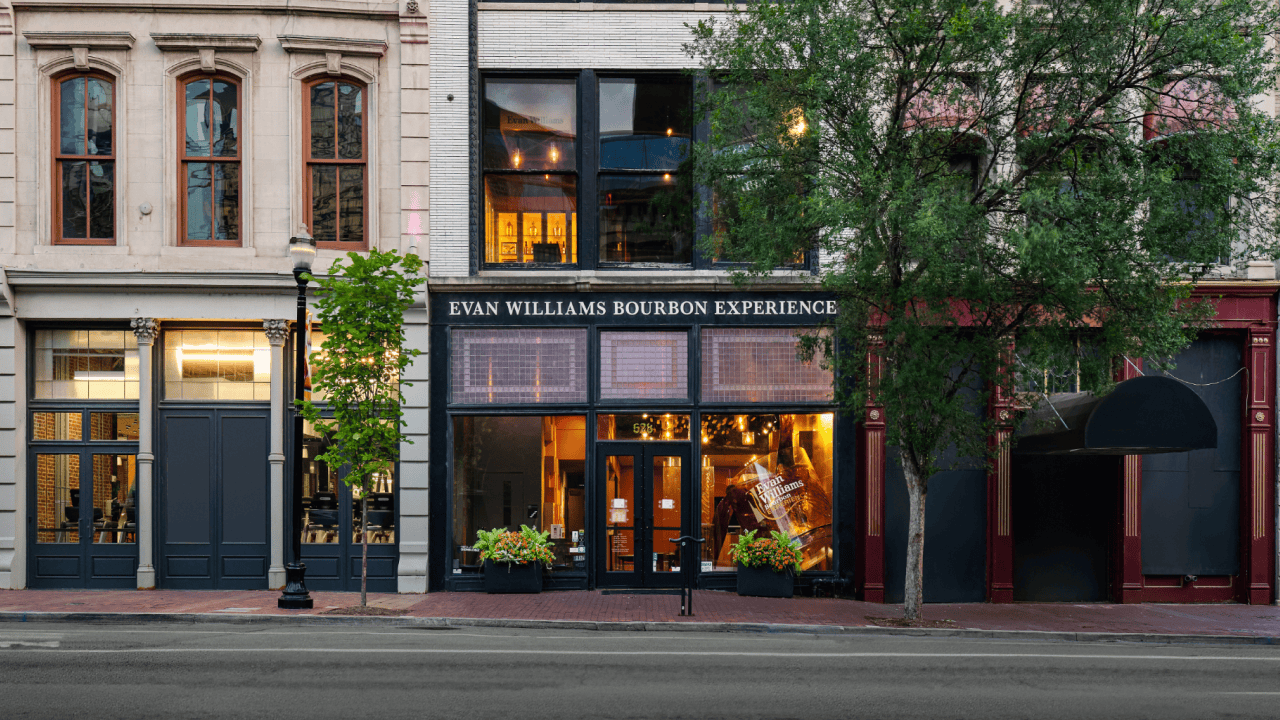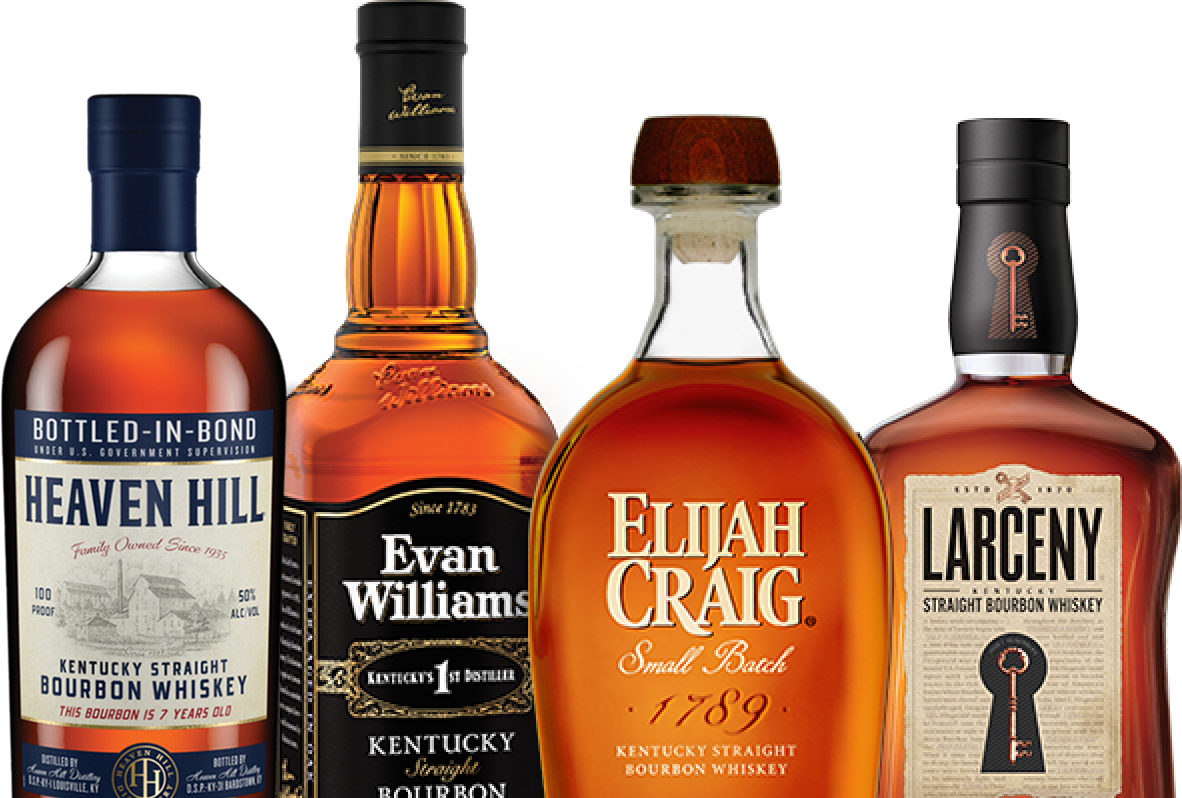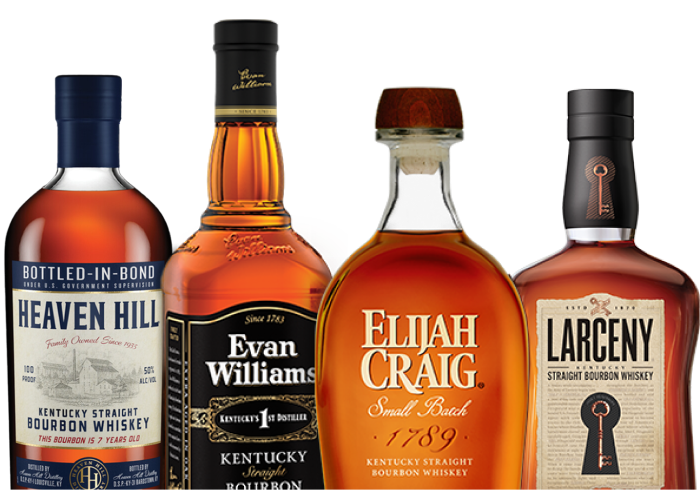On Nov. 15, 2013, the Evan Williams Bourbon Experience® (EWBE) opened its doors to 200 guests eager to see the only Bourbon distillery on Louisville, Kentucky’s Whiskey Row. Named after the world’s second-largest Bourbon brand, the visitor experience was the company’s second following the opening of the Bourbon Heritage Center in Bardstown in 2004 (A 2021 expansion saw it renamed the Heaven Hill Bourbon Experience®.) Back then, the EWBE was just the eighth tourist distillery listed on the Kentucky Bourbon Trail®, which now lists 46 stops.
The crowd was enthusiastic, recalls Cynthia Torp, owner and CEO of Solid Light, which led the design of the EWBE. Kentucky’s governor and Louisville’s mayor both celebrated Bourbon’s surging popularity and the economic boost it gave the Bluegrass State. When Max Shapira, then Heaven Hill Distillery’s president, spoke, he said that after a three-decade slump, Bourbon was not only back, it would become bigger than ever. Fans wanted to learn how Bourbon was made and meet the people who were making it, he said, adding that the EWBE would meet their desires.
Inside the EWBE, a pair of distillers were happy for other reasons. In the hours before opening, Charlie Downs and his assistant, Jodie Filiatreau, attempted to pump cooked mash to a fermenter when a clogged check valve stopped the process. Knowing a full fermenter was an essential aromatic and visual component to that first public distillery tour, Filiatreau fixed the problem quickly, but at a cost.
“Yeah, that was a bath in mash for me, but that was the only way to fix it,” Filiatreau laughs. Messy mission accomplished, all that lay ahead for him was toweling off and “mopping up the floor, which was the worst part. Nothing makes a worse mess than spilled mash.”
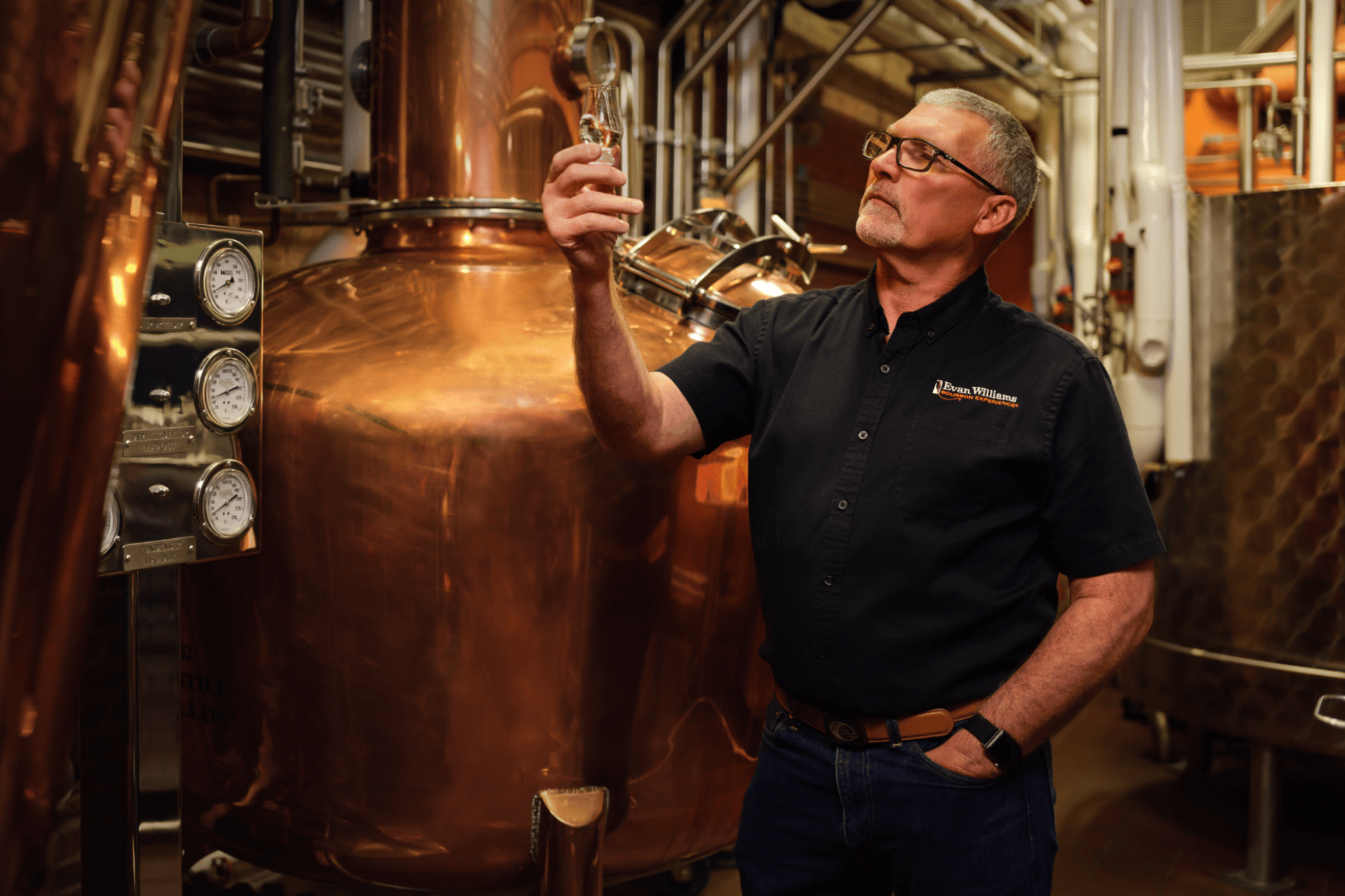
Artisanal Distiller Jodie Filiatreau examines his work in the EWBE distillery.
Yet despite the bubbly mood, there were heavy hearts among the crowd. Harry Shapira, Max’s cousin, Heaven Hill Distillery’s longtime vice president and the EWBE’s visionary, wasn’t there to celebrate the opening. Instrumental in the creation of the original Bourbon Heritage Center, he championed the idea for a downtown Louisville Bourbon tourism spot that would draw on the ample visitor foot traffic from large hotels nearby. Shortly before the EWBE’s unveiling, however, he passed away after battling with cancer. Ten years later, those close to him believe he’d be abundantly pleased with what the EWBE has become.
A BUILDING REPURPOSED AS A DISTILLERY
In the early 1900s and prior to the creation of the original Heaven Hill Springs Distillery, the Shapira family created and ran The Louisville Store, a small chain of junior department stores that served smaller towns across Central Kentucky. Over time, the success of their distillery, which opened in 1935, shifted the family’s focus away from its retail stores and to its spirits business and its massive potential.
Following The Louisville Store’s closure, its headquarters building, located in downtown Louisville, became office space for Heaven Hill Distillery employees living in the city. It was that structure that Harry Shapira envisioned as the home of a Bourbon tourism destination.
Max Shapira recalls Harry’s vision for the EWBE as much grander and far better than his.
“I said, ‘Harry, what we should do is take the street-level windows out and put a showcase in there, displaying our whiskey brands like department stores do in the Christmas season,’” he says. “Harry’s vision, and that of the team he worked with to develop it, was, well, much more imaginative and innovative than mine.”
Convenient as the location was, its layout posed numerous challenges. Built in 1903, it was adjoined to buildings on both sides. Its four stories did have dramatic soaring ceilings, and below ground was a spacious basement. But the entire structure was only 27 feet wide, and within it, designers proposed installing a full-blown whiskey making operation that visitors could watch make one barrel per day.
“Vitok, the engineering company, would do the plans, and the distilling team would make it work,” says Downs, who retired in 2017. “Like a lot of times, everything didn’t work at the start as expected, so we had to learn a lot.”
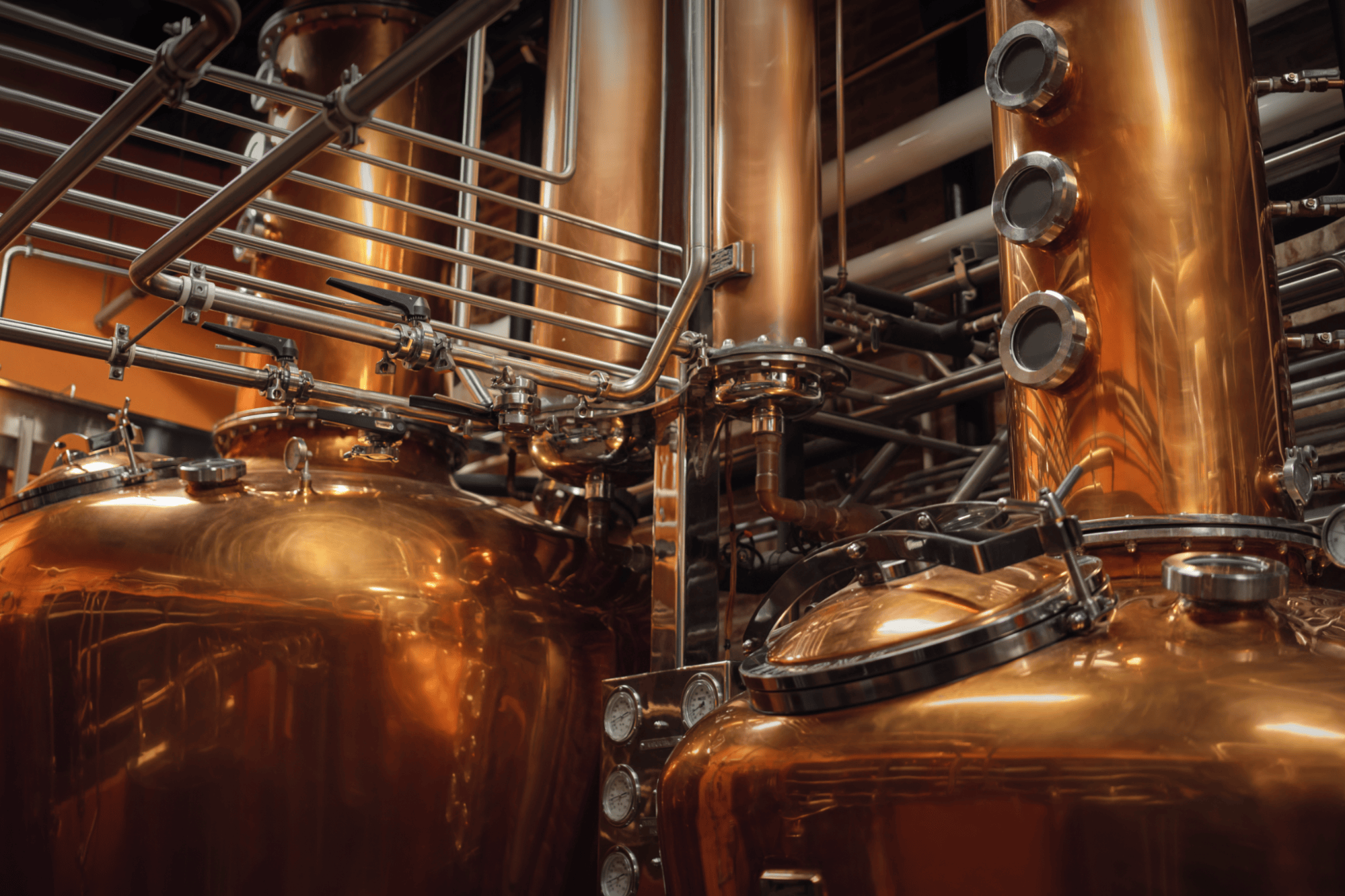
At the EWBE, we produce one barrel per day in the copper pot still.
Downs and Filiatreau were used to making whiskey at purpose-built distilleries, not retrofitted office buildings. The skinny space ensured the distillery’s plentiful pipes were coiled and angled tightly, which required lots of ducking below and squeezing between them. Surprisingly to them, air conditioning in a space housing a boiler and two stills wasn’t included in the original plans.
“Just figuring out how all that piping worked, then labeling all of them, took a lot of time,” says Filiatreau, who became the EWBE’s artisanal distiller upon Downs’s retirement. “Working there that first summer was awful. Unbelievably hot.”
Downs says the crash course in setting up and learning how to manually operate a pot still necessitated that he and Filiatreau work overtime to master the new equipment. Yet despite the grind, they loved the work, Filiatreau says.
“What was cool was starting something brand new,” he says. “Being here to see it start and watch it grow and run has been awesome.”
NOT JUST A PRETTY FAÇADE
The EWBE’s façade bears a four-story, backlit graphic of a bottoms-up Evan Williams Bourbon bottle pouring Whiskey into what becomes a 3-D molded acrylic stream of liquid amber. The sculpture extends to the first floor and into a massive tumbler with ice that overflows perpetually into a broader puddle of Bourbon. The surreal “rocks pour” greets guests upon entry and has become a legendary backdrop for myriad selfies and group pics.
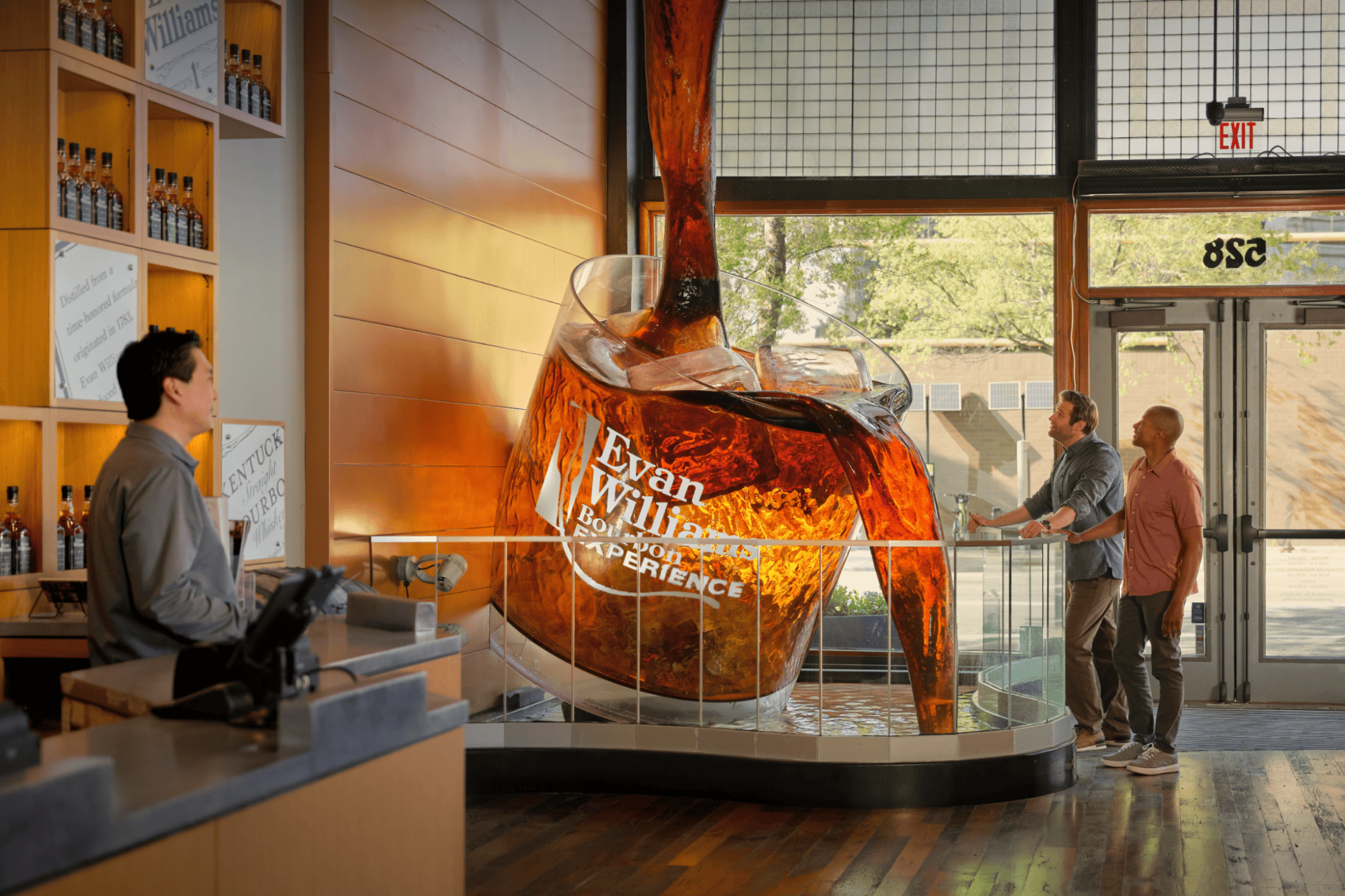
Visitors can explore the EWBE and take photos with our iconic “rocks pour” sculpture in the lobby.
The Traditional Tour & Tasting is a mixed media affair that begins at a large video screen flanked by pieces of 18th Century distilling hardware. The video is a walk back to 1783, when Evan Williams opened Kentucky’s first commercial distillery beside the Ohio River on a plot of ground dubbed Square 6. Ironically, Square 6 was located directly across the street from where the EWBE stands today. The video recreates a meeting between Williams, local settlers and officials—which concluded, of course, with cheers and pours of Williams’ Whiskey.
Eventually guests arrive at a massive glass viewing window through which they can see into the distillery and its polished, gleaming copper still set in action. The tour also illustrates the damage done by Prohibition using a walk along a mockup of the city’s nearly deserted Main Street. The tour finishes with a whiskey tasting in one of the various tasting rooms.
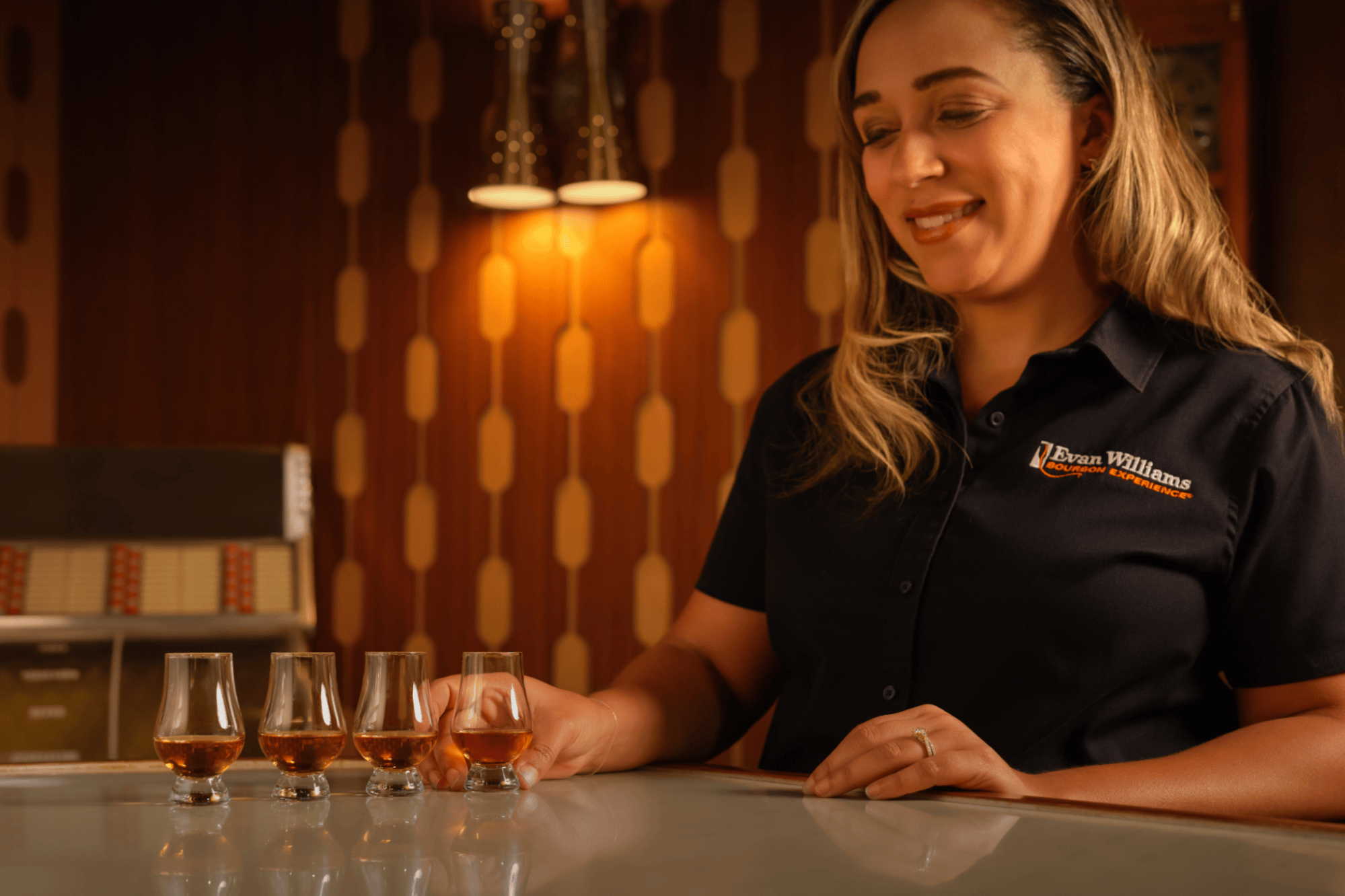
During the Traditional Tour & Tasting, you’ll participate in an American Whiskey tasting guided by one of our experts
“Every day, one or more of us in the back would go out and talk to guests,” says Downs. “Working here, you meet people from all over the world. Whether they’re regular people or NBA players, astronauts or famous musicians, they’re such nice people. I really enjoyed that part of working at the EWBE.”
The EWBE offers four other tour experiences ranging from a high-end Bourbon Bootcamp, where guests work with distillers for a day, to multiple deep dives into whiskey tasting and bartending history. Learn more about all our experiences by clicking here.
Any tour should end with a stop at the EWBE’s topflight watering hole, the ON3 Bar (named for its third-floor location), and by shopping the well-appointed gift and bottle shop. In addition to a host of Heaven Hill Distillery releases, guests can always buy exclusive Square 6 releases made onsite and sold at the EWBE and select Kentucky retailers.
Since opening in 2013, more than 2,000 barrels have been filled at the artisanal distillery. Its first release was a Square 6 High-Rye Rye Whiskey, the second, a High-Rye Bourbon, and the third, a Wheated Bourbon.

Square 6 is handcrafted exclusively at the EWBE.
Years before the EWBE’s opening, Downs sought counsel on those mashbills from no less than Heaven Hill Distillery legend, Master Distiller Parker Beam. Following his advice on grain ratios, Beam warned Downs to prepare for a lot of trial and error in learning the new stills. Though Beam’s experience was based solely on column stills, he knew that pot distilling’s hands-on requirements demanded much more attention than the better-automated column stills he’d tended for decades.
“You have to watch a pot still constantly to understand how it works,” Downs says. “And even once you get it, you can’t just walk away and let it run. It doesn’t make heads, hearts and tails cuts on its own like a column still does, a human has to make those cuts.”
Downs and Filiatreau count creating and testing Square 6’s mashbills and the whiskeys created from them as highlights of their careers. Filiatreau says that to be at the launch of a whiskey you made from start to finish is, “Just awesome! To get to do that with Charlie made it really cool, but since this was my first experience as a distiller made it even better. Seeing that first bottling on the shelf for the first time, boy, that was exciting.”
Just as exciting, he says, is creating new mashbills for future Square 6 releases. If he has his way, there will be some great surprises in store.
“I’d love to do an extra-aged release,” he says, “Even after going 10 years, there’s always something to look forward to doing here.”
